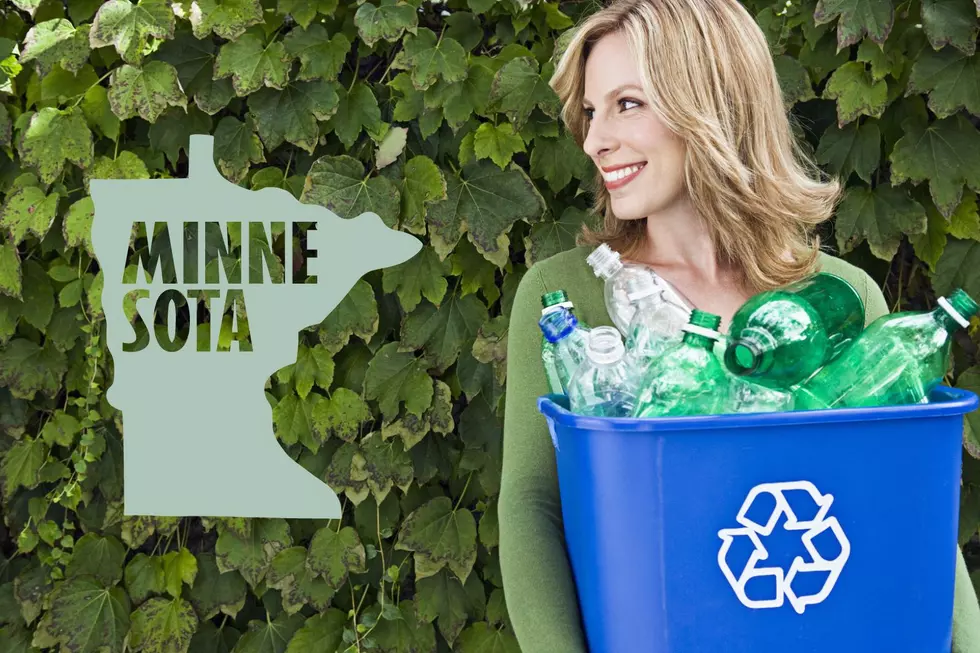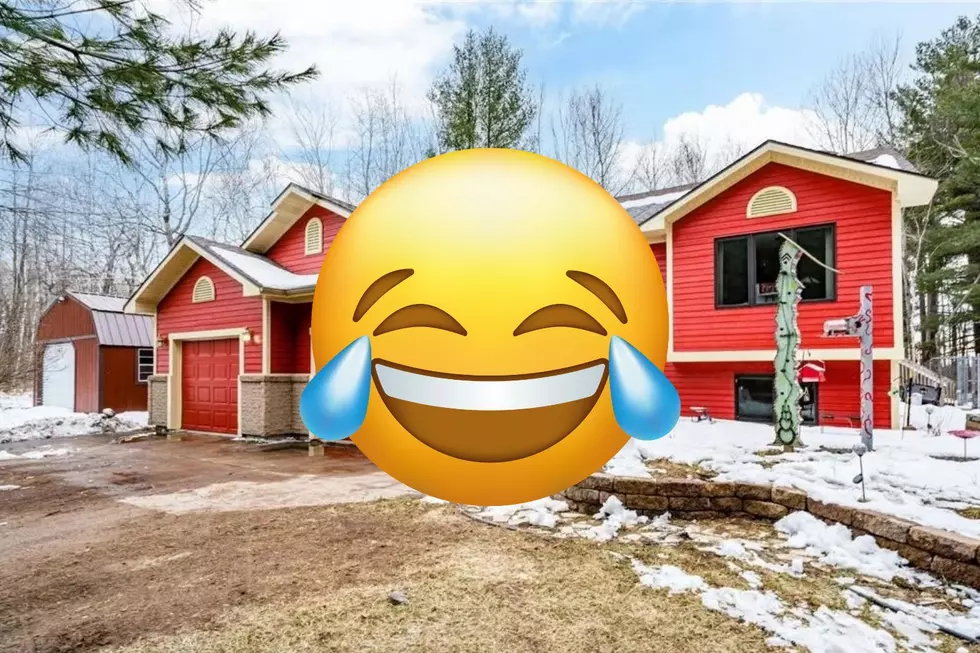
Minnesota City Ranks As One of the Most Livable Small Cities In U.S.
As we all know, small town living in the United States has many benefits and some of the best small cities anywhere are found right here in the Northland. While that may sound like a biased statement, at least one national study does support it.
SmartAssett.com conducted a study to find the best small towns in the United States. They discovered one in two Americans (48%, to be exact) prefer to live in a town or rural area, according to a 2020 Gallup survey.
After analyzing data from 291 cities, with at least 65,000 people but fewer than 100,000, across a list of 11 metrics, they ranked the best small cities in America. What is interesting, but not surprising, is that eight out of the top 10 cities in this study are located in Midwestern states, with two in Missouri, two in Wisconsin, two in Indiana and two in Iowa.

As for the Northland, Duluth fared very well in this study, finishing #16 overall. That is a stronger finish than any other Minnesota small city. Looking at the top 35 cities overall, Duluth finished ahead of Woodbury (#17), Maple Grove (#18) and Plymouth (#22).
Superior didn't qualify for the study based their population criteria, but Wisconsin fared very well with both Oshkosh and Eau Claire finishing in the top 5 overall.
- Concentration of entertainment establishments. This is the number of arts, entertainment and recreation establishments as a percentage of all establishments in a county. Data comes from the U.S. Census Bureau’s 2018 County Business Patterns Survey.
- Concentration of bars. This is the number of bars as a percentage of all establishments in a county. Data comes from the U.S. Census Bureau’s 2018 County Business Patterns Survey.
- Concentration of restaurants. This is the number of restaurants as a percentage of all establishments in a county. Data comes from the U.S. Census Bureau’s 2018 County Business Patterns Survey.
- Concentration of healthcare establishments. This is the number of healthcare and social assistance establishments as a percentage of all establishments in a county. Data comes from the U.S. Census Bureau’s 2018 County Business Patterns Survey.
- Gini coefficient. This is a statistical measurement of income inequality. A Gini coefficient of zero indicates total equality of wealth distribution, while a coefficient of one indicates total inequality of wealth distribution across groups. Data comes from the U.S. Census Bureau’s 2019 1-year American Community Survey.
- Home affordability. This is the median home value divided by median household income. A lower ratio indicates that homes are more affordable and vice versa. Data comes from the U.S. Census Bureau’s 2019 1-year American Community Survey.
- Housing costs as a percentage of household income. This is the median housing costs divided by median household income. Data comes from the Census Bureau’s 2019 1-year American Community Survey.
- Percentage of residents below the poverty line. Data comes from the U.S. Census Bureau’s 2019 1-year American Community Survey.
- Unemployment Rate. Data comes from the Bureau of Labor Statistics and is for December 2020. This is measured at the county level.
- Percentage of residents without health insurance. Data comes from the U.S. Census Bureau’s 2019 1-year American Community Survey.
- Average commute time. This measures a worker’s average commute time in minutes. Data comes from the U.S. Census Bureau’s 2019 1-year American Community Survey.
10 Things You Should Do To Your Vehicle Every Spring In The Northland
What Are the Signature Drinks From Every State?
More From 106.9 KROC-FM









